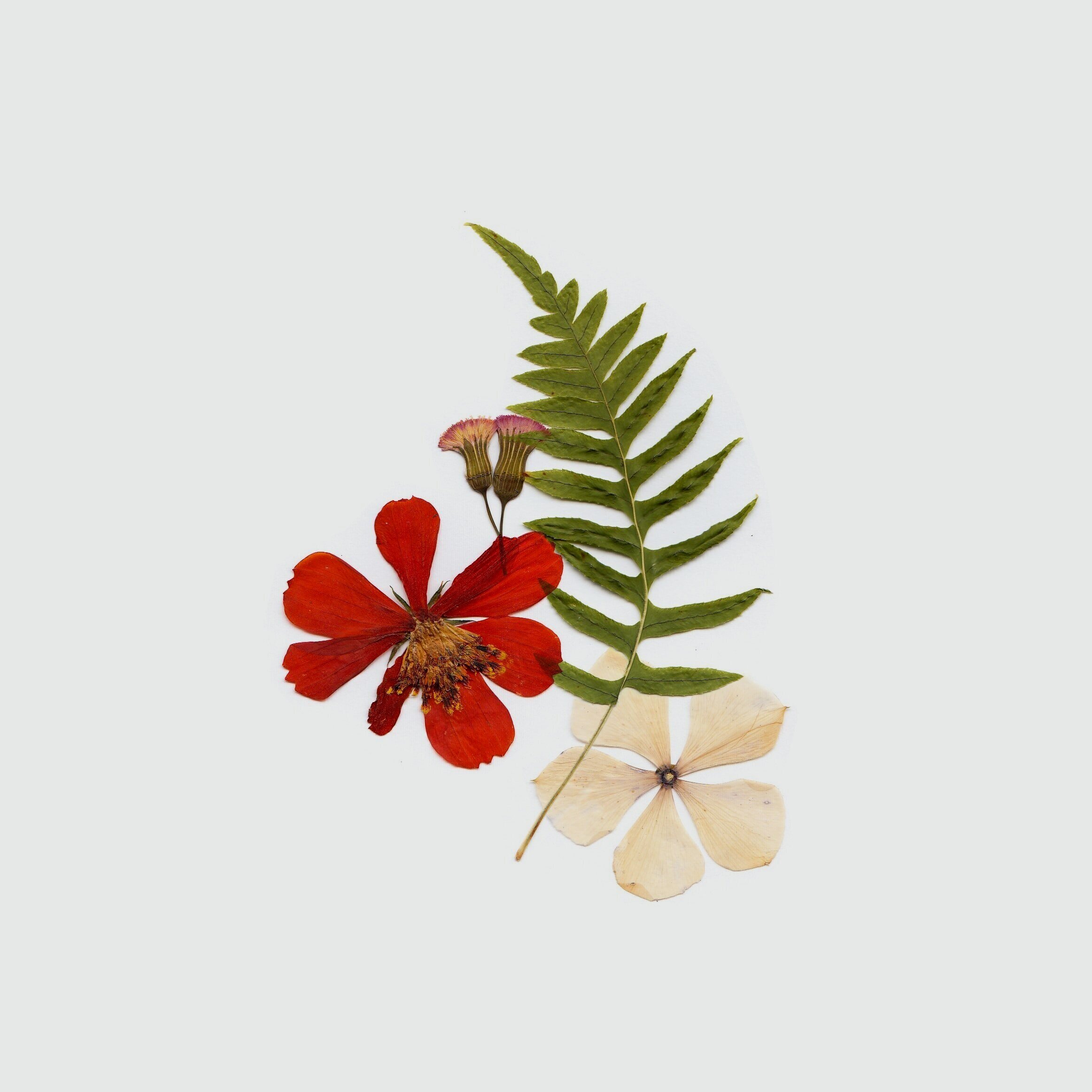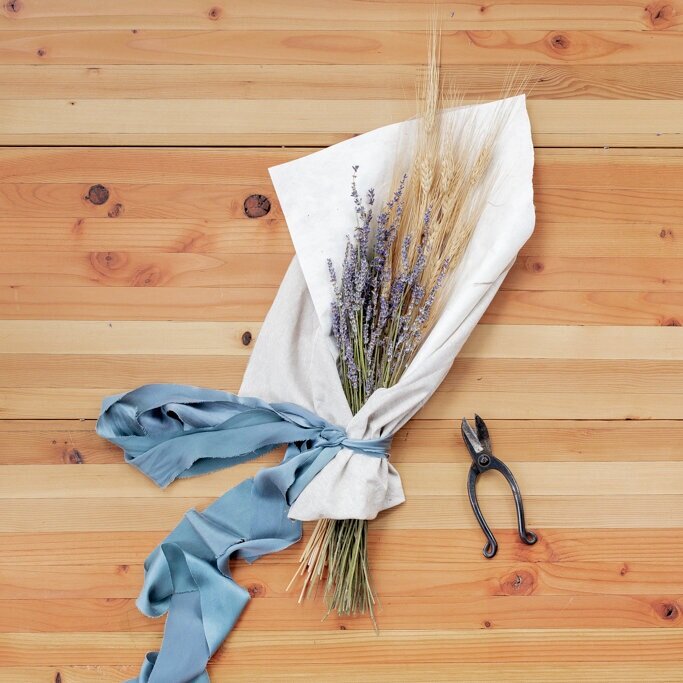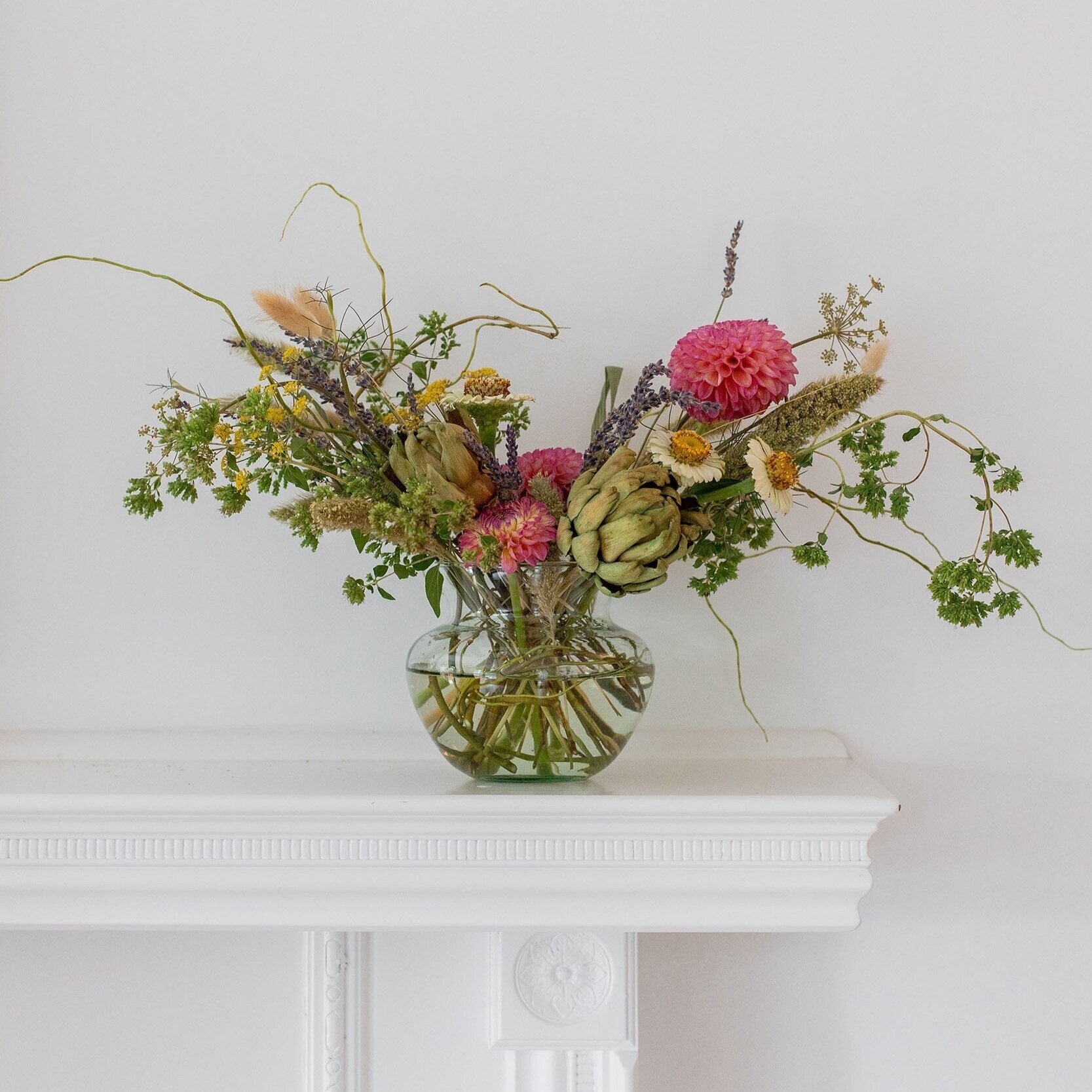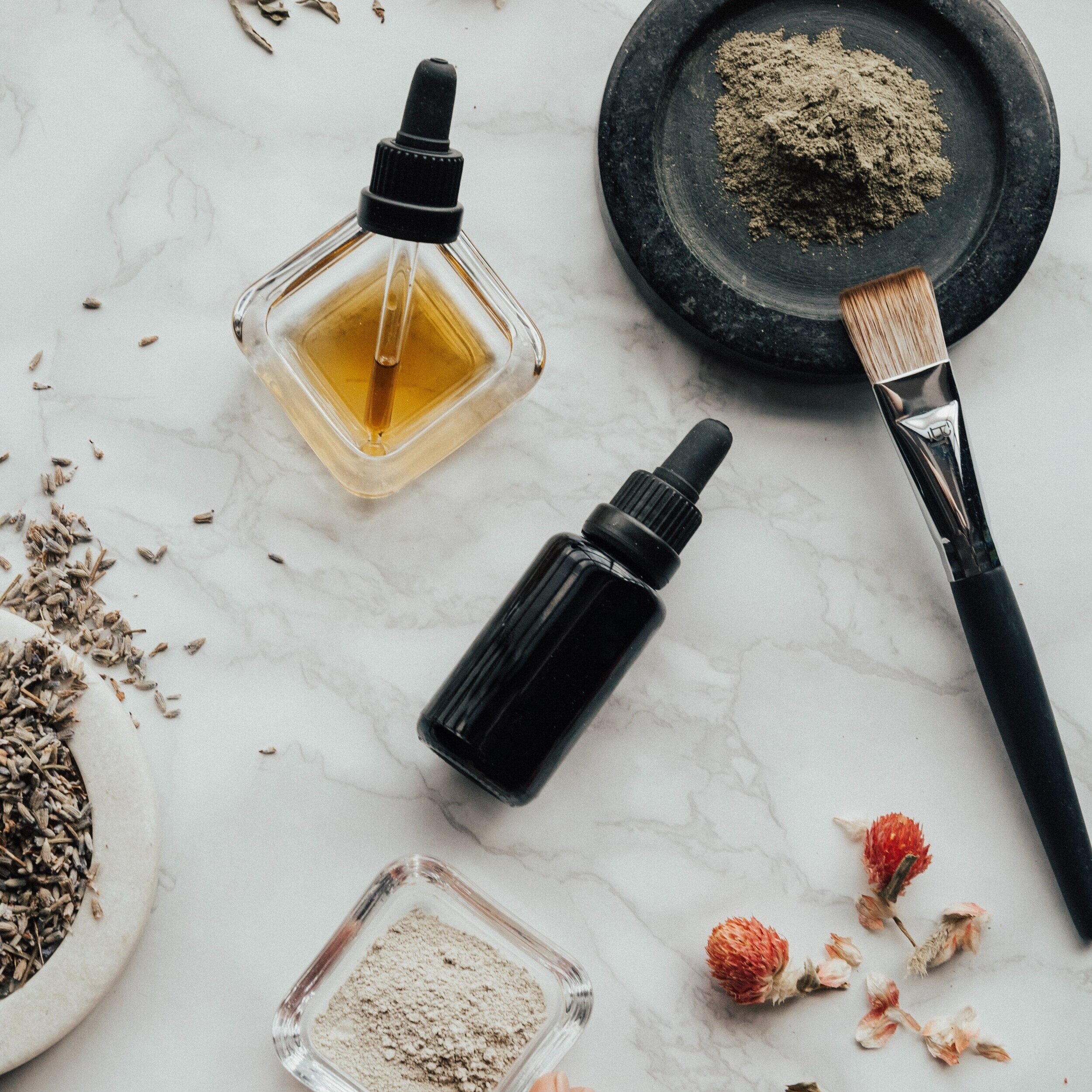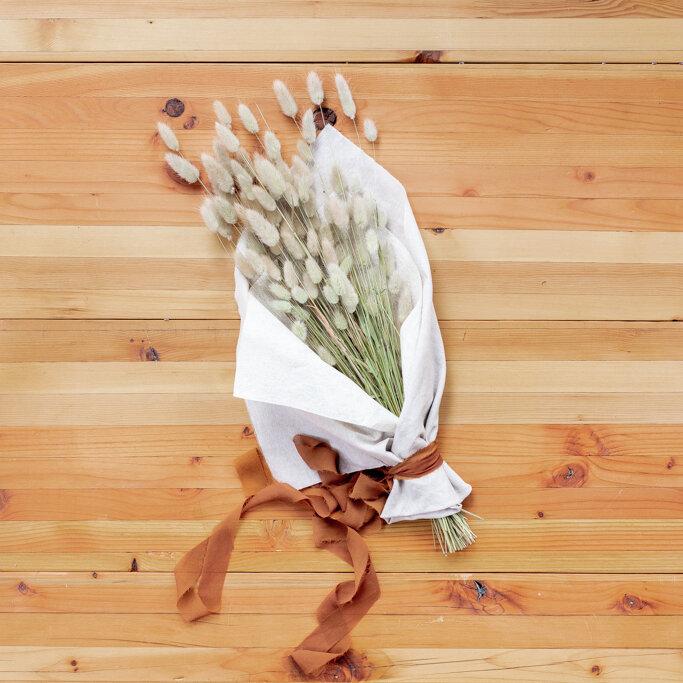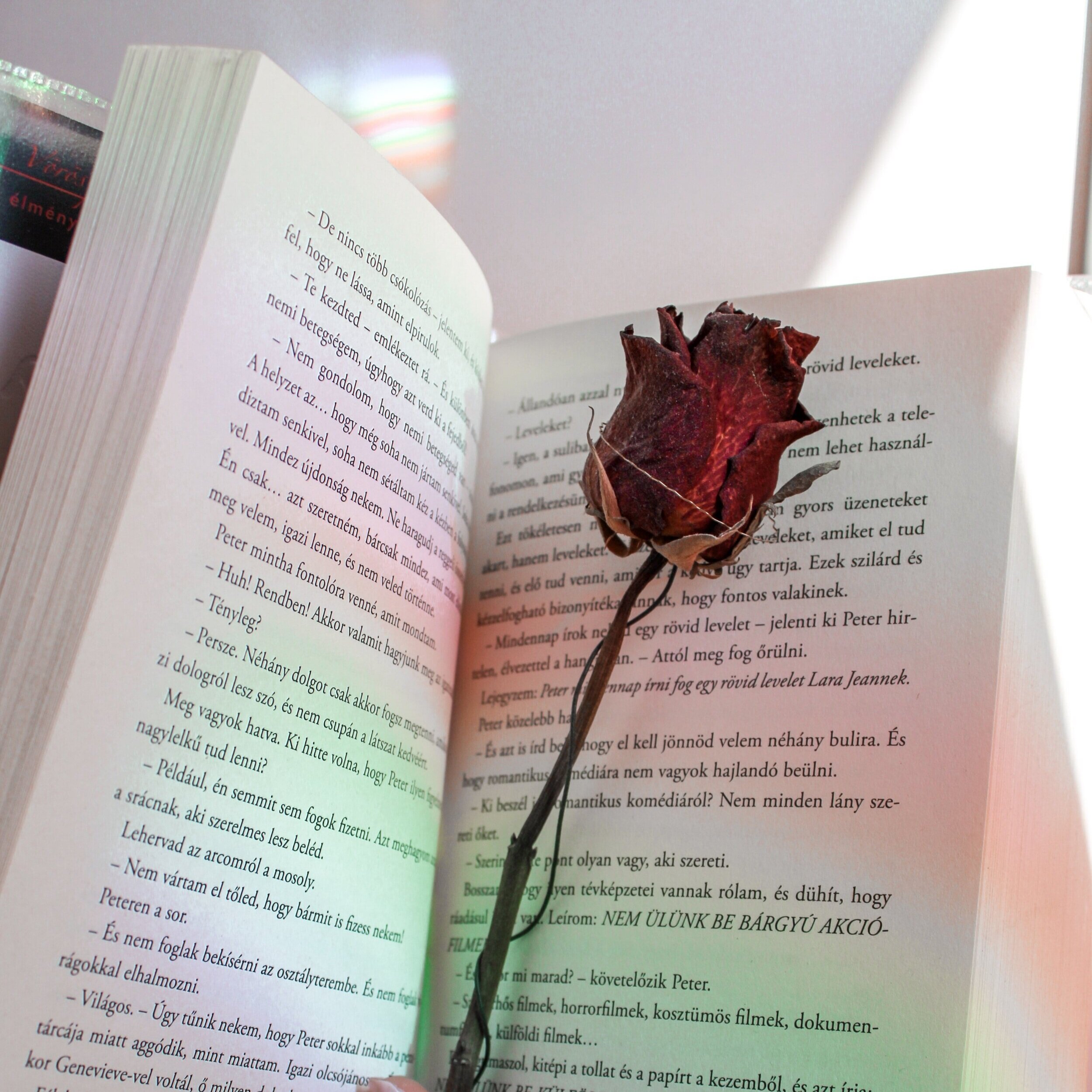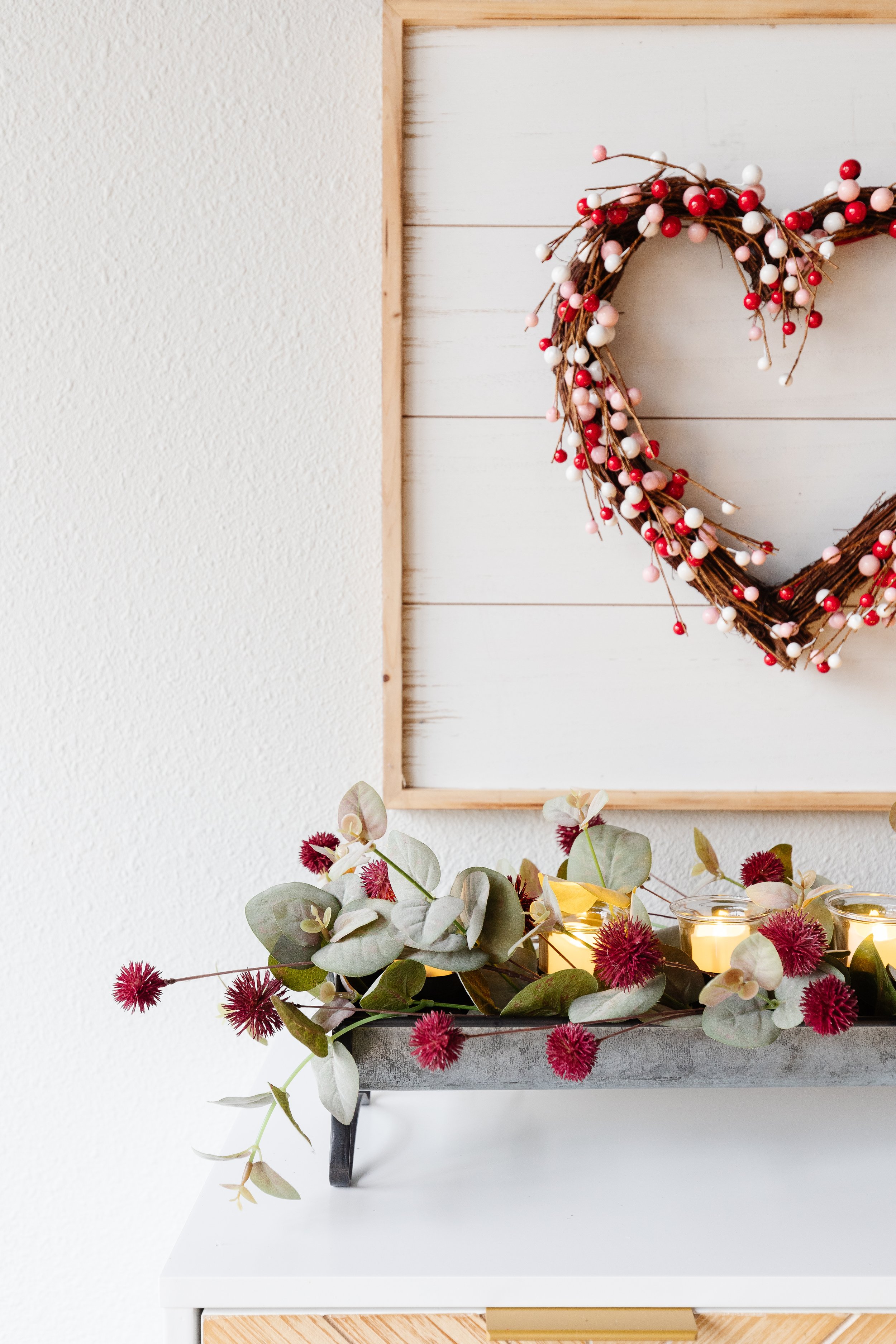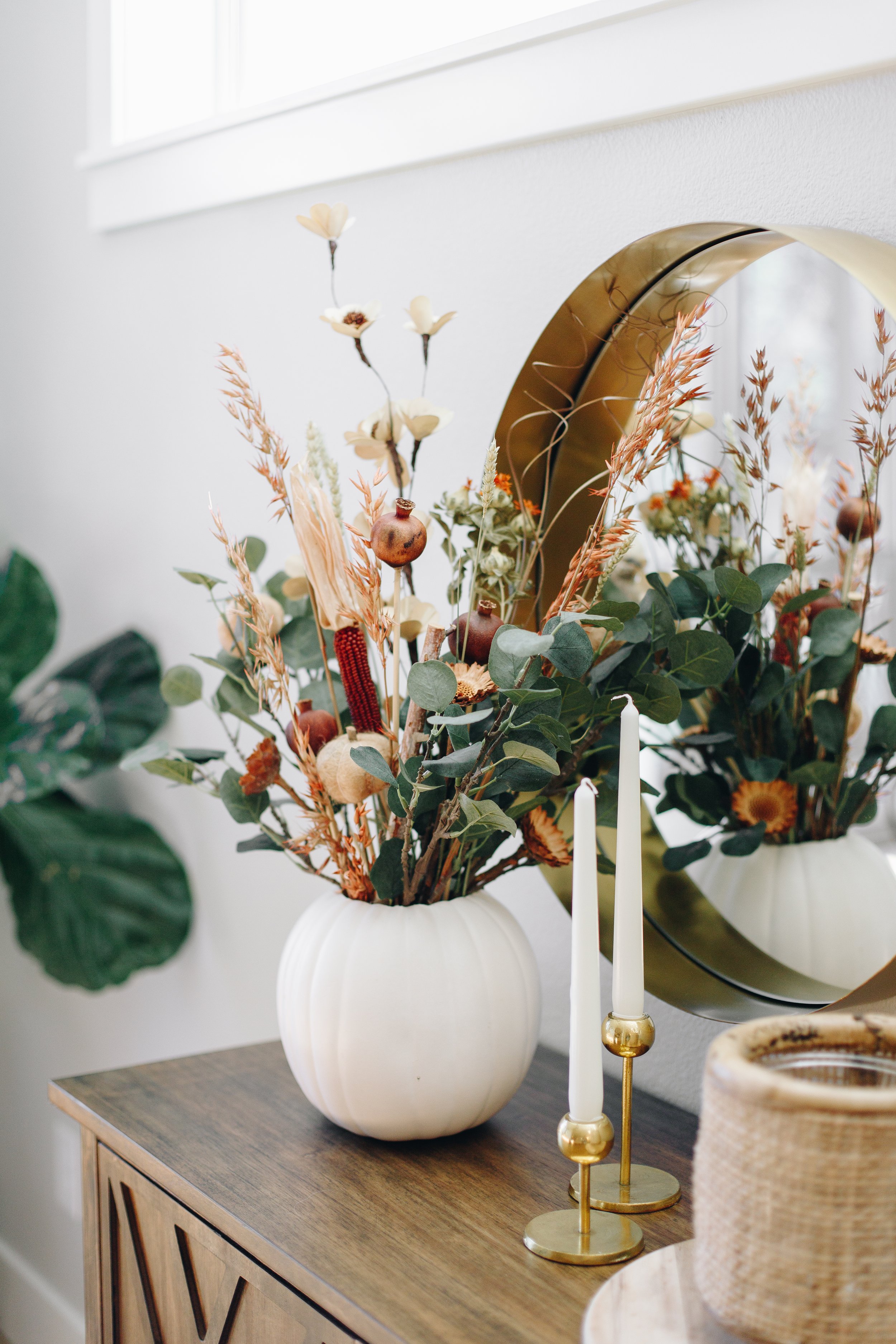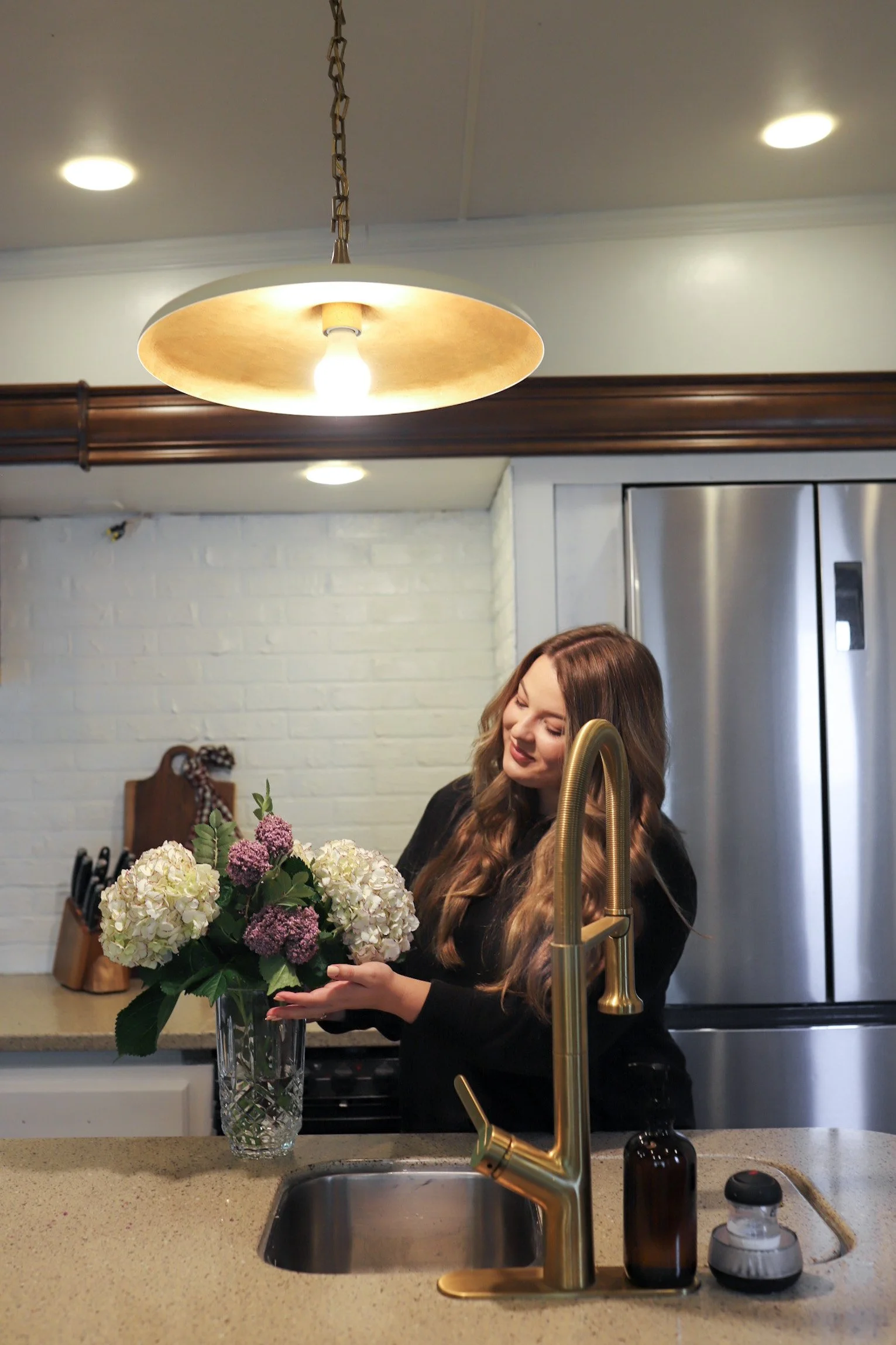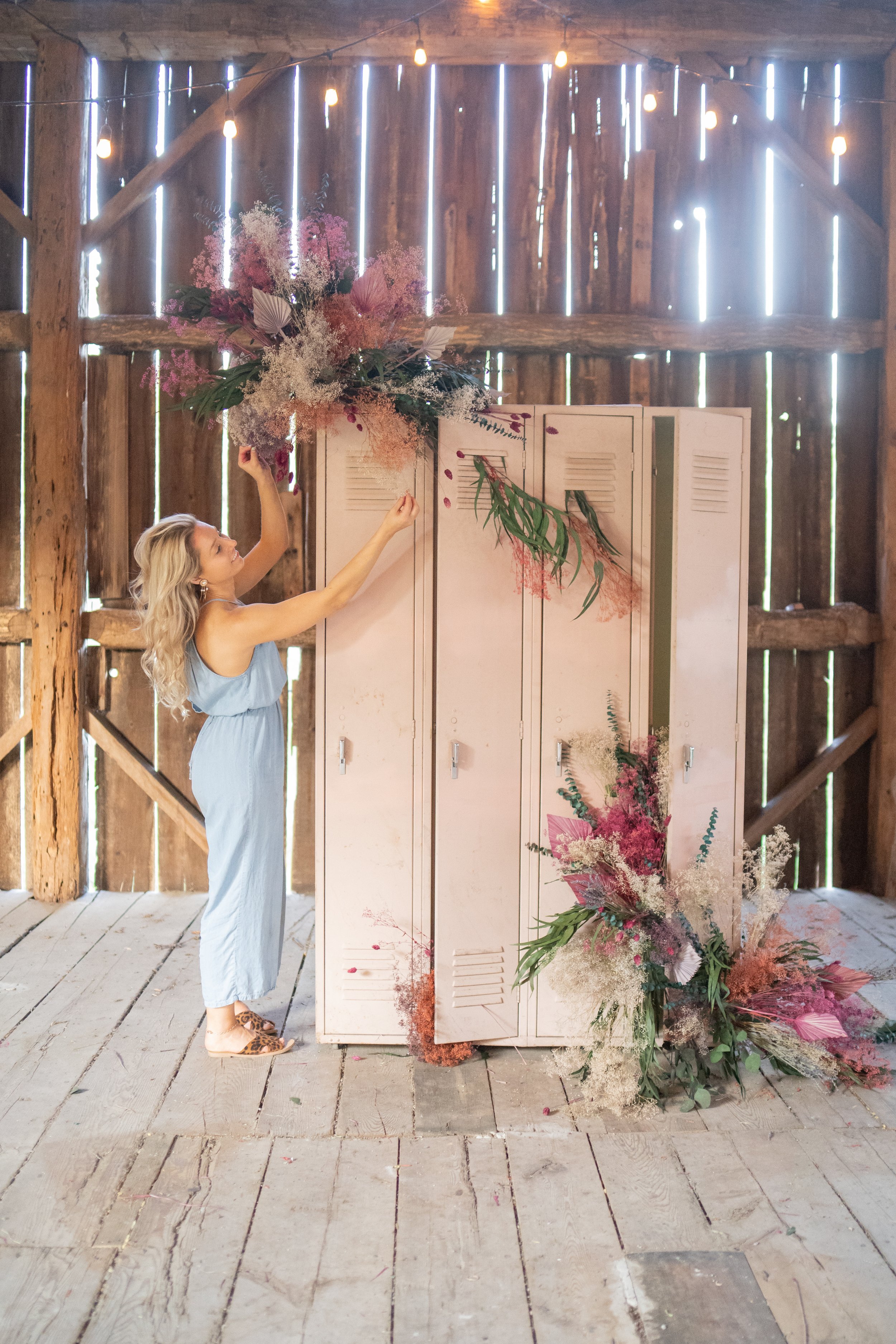The History and Origin of Drying Flowers
The oldest preserved flowers were found in a Roman tomb in Egypt and are over 2000 years old, faded, but intact. They can be found, today, on display at the British Museum. Many of the things we interact with in our daily lives have their origins in Rome or Egypt, and dried flowers are no different.
Whether they were being used medicinally, aromatically, or for cosmetic purposes, flowers have always had practical and symbolic uses. But, it was the Victorians who brought pressing, preserving, and drying flowers to modernity. We have always desired to surround ourselves with natural beauty, as there are both tangible and perceived benefits, and dried flowers are an easy answer to our yearning for year round proximity to the outdoors.
Dried Flowers, Then and Now
It’s easy to forget that fresh flowers have not always been available year round. Thanks to modern agriculture and transport technology, flowers that are normally out of season can be grown in temperate climates and then sold a day or two later in colder parts of the world. In fact, the United States is the largest buyer of the world’s fresh flowers, most of which are imported from the Netherlands, Ecuador, Colombia, Kenya, and Ethiopia.
This makes it possible to walk into a florist’s shop in the middle of winter and purchase fresh carnations or chrysanthemums without much thought. Historically, this has not always been the case, no matter where you were in the world, fresh flower supplies would have been limited to what could be grown locally and was seasonally in bloom. However, even after spring and summer passed, the desire to bring nature indoors did not. Dried flowers provided a long-lasting alternative to fresh stems, and as such, were originally referred to as “winter bouquets” —although they are undoubtedly beautiful in every season.
While evergreens, pinecones, acorns, and other dry plant materials are considered traditional fall and winter decor, this legacy has its roots in practical necessity, as they are perfectly suitable for drying. Fruits and plants with high water content have historically been left for the spring and summer seasons because they are not as durable, once dried.
Ancient Origins
Some of the earliest known enthusiasts of dried flowers, and the art of flower arranging, were the ancient Egyptians. Artwork and hieroglyphics left behind show that Egyptians made common use of bouquets and vases, and the repetition of form suggests that there were strict practices around how flowers should be arranged. Lotus flowers and papyrus were popularly featured in these works. Together these plants represented life, death, and the Egyptian region as a whole. Flowers were also commonly used in burial rites, and garlands have since been found wrapped around mummies buried in their tombs.
Dried florals were not just used decoratively, however. Ancient Egyptians are also famous for being the earliest known adopters of perfumes and cosmetics. Dried flowers played a central role in the creation of fragrances and could be used for incense, incorporated into oils or salves, or easily crushed and used as pigments for lip or eye shades.
The ancient Greeks and Romans were also advocates of dried flora, and they are responsible for the ubiquity of garlands and wreaths today. Garlands are defined as plant matter woven together, and wreaths are simply garlands twisted into a circular shape. While the exact origin of the wreath is unclear, evidence suggests they have been used throughout history and across cultures.
It was common practice to bestow wreaths on politicians, athletes, poets, and warriors. Much like the crowns still worn by royal families, or medals given to marathon runners, the wreath was a symbol of honor, power, and victory. For example, wreaths of bay laurel were considered to be the highest honor, while wreaths of olive branches were considered a symbol of peace. Although wreaths were constructed from different materials, depending on the occasion, with few exceptions they featured flora local to the region in which they were made.
In contrast to wreaths which were bestowed, garlands were typically reserved for decor. Constructed from a variety of leaves, flowers, and fruits, garlands were hung above doorways, civic places, temples, funeral monuments, and used to celebrate special occasions, like weddings. Romans made heavy use of the ornamental festoon, which is a garland hung from two points. Festoons made a comeback in 17th century England, where it became popular to hang them over mantels in the fall and winter. The mantel garland is still considered a cornerstone of home holiday decor.
Throughout the Ages
In the Middle Ages, flowers were used medicinally and were believed to ward off disease. It was common practice for church floors to be strewn with lavender, which was believed to protect church goers from demons. Although at the time common ailments were considered spiritual afflictions, many plants like lavender did indeed protect against disease by repelling the critters and pests that carried them. Churches were the keepsake for herb gardens which were harvested to create healing ointments and teas for the community.
In the 16th century, the Japanese elevated dried flowers to an art form. Oshibana, or the art of drying and pressing plants, is an intricate and beautiful art style that requires the meticulous arrangement of dried plants. Once the required plants and flowers are picked and pressed, they are carefully placed on washi paper to create nature-inspired motifs.
Even though fine works of Oshibana require a great degree of skill and patience, the hobby, in and of itself, is relatively accessible. All that is required to start is a book or something heavy to press the flowers, and a few weeks to let them dry. This ease of entry is part of the reason why drying and pressing flowers has remained such a steadfast pastime.
In the 18th century, increasing trade between regions brought the tradition of Oshibana to Europe, and Victorian England experienced its own revival in the popularity of dried flowers. Women would dry flowers to make garlands, design pictures, or to add to jewelry, fans, and gloves. Dried flowers were often combined with intricate ribbon work to create beautiful framed pieces and holiday decor.
The Victorians developed a complicated language around flowers, and people used the exchange of arrangements to communicate with one another. Traces of this symbolism remain today, which is why red roses are still associated with true love.
Caring for Dried Flowers
One of the main benefits of dried flowers is how long they last, despite a lack of water or sunlight. In fact, to maintain dried flowers as long as possible, it’s best to keep them away from sources of moisture or direct sunlight. UV light will fade their colors, and water or humidity may cause them to wilt or get moldy.
It’s also important to be mindful of their delicacy, and to disturb them as little as possible. If they need to be dusted or cleaned, try using canned air or a blow dryer on the lowest setting, rather than touching them directly.
When storing seasonal arrangements, be sure to keep dried flowers and other elements in airtight containers to avoid any moisture damage, and preferably place them in a basement or another dry, dark, temperature controlled environment.
Benefits to Your Mood and Your Style
Although we are less tied to seasonality than our ancestors, dried flowers are still useful and desirable for many of the same reasons they always have been. Flowers in the home have been shown to reduce stress levels, and dried flowers are a long-lasting option to boost your mood and elevate your aesthetic.
Whether you prefer using florals for decor, crafting, or personal care, there are endless ways to incorporate the beauty and functionality of dried flowers into your daily life.
Our ancient ancestors understood this well, and have passed on many of the traditions we still enjoy today.
Dried flowers may have their roots in the ancient world, but they have remained popular throughout the centuries and across cultures. Drying flowers is not only accessible, it is practical, too. With no expiration date, dried flowers can be enjoyed throughout the year, regardless of season or region.

